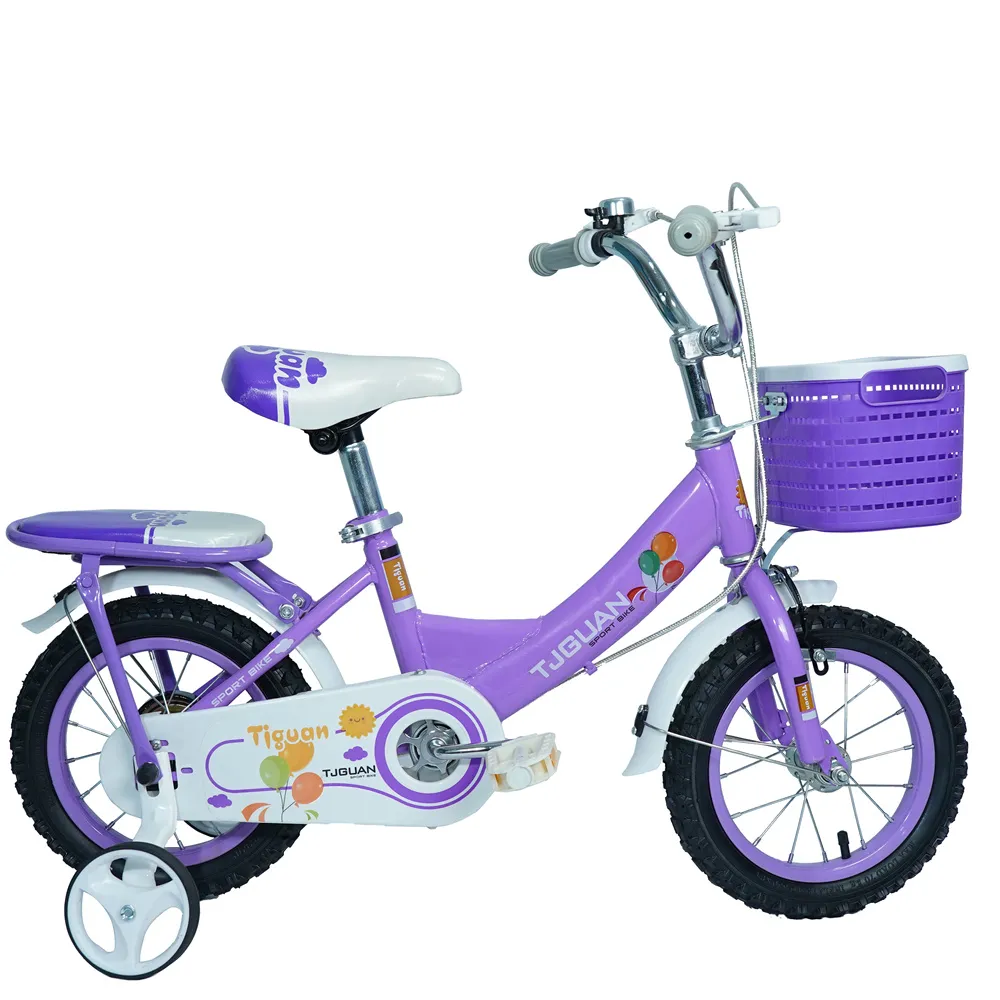Lightweight Balance Bike for Kids to Enhance Coordination and Fun Outdoor Adventures
The Joy of Kids' Balancing Bikes A New Era in Learning to Ride
In recent years, the concept of balancing bikes has gained significant traction among parents, caregivers, and early childhood educators. Unlike traditional bicycles, balancing bikes are specifically designed to help young children learn the essential skills necessary for riding independently. With no pedals or training wheels, these innovative bikes encourage toddlers and preschoolers to focus on balance and steering, setting them up for success when they eventually transition to a pedal bike. This article delves into the numerous benefits of kids' balancing bikes, their growing popularity, and tips for choosing the right bike for your child.
The Benefits of Balancing Bikes
1. Balance and Coordination At the heart of a balancing bike's design is the emphasis on allowing children to develop their balance and coordination skills. Children propel themselves forward by scooting their feet along the ground. This motion helps them learn how to balance on two wheels without the fear of falling, which is often a concern when using training wheels. As they gain confidence, kids can lift their feet off the ground for longer periods, enhancing their balance further.
2. Independence and Confidence Riding a balancing bike empowers kids to take charge of their own learning process. The absence of pedals removes the complexity of pedaling while balancing, enabling youngsters to focus solely on steering and maintaining their equilibrium. This independence boosts their self-esteem as they master the skill at their own pace, leading to a sense of accomplishment that is vital for their development.
3. Physical Fitness In today's digital age, where children often spend a significant amount of time indoors, balancing bikes offer a fun way to encourage outdoor play and physical activity. Riding a bike not only promotes cardiovascular fitness but also strengthens muscles and improves motor skills. As children zip around on their balancing bikes, they're engaging in active play, which is essential for a healthy lifestyle.
4. Social Skills Balancing bikes also promote socialization among children. As kids ride together, they learn valuable lessons about sharing, taking turns, and cooperative play. These interactions can help build friendships and teach essential social skills that will benefit them throughout their lives.
The Growing Popularity of Balancing Bikes
The rise of balancing bikes can be attributed to several factors. First, the increased awareness among parents regarding the importance of physical activity for young children has led to a greater demand for outdoor play equipment. Furthermore, the success stories of children transitioning smoothly from balancing bikes to traditional bicycles have sparked interest among families. Many parents are sharing their experiences and recommendations online, creating a sense of community around the use of balancing bikes.
kids balancing bike

Manufacturers have also taken note of this growing trend, offering a wider variety of options in terms of materials, sizes, and designs. From wooden frames to lightweight aluminum and colorful designs featuring cartoon characters, parents have an abundance of choices to cater to their child's preferences. This variety not only makes balancing bikes appealing but also ensures that there's a suitable option for every child and budget.
Choosing the Right Balancing Bike
When selecting a balancing bike for your child, several factors should be taken into consideration
1. Size and Fit A well-fitting bike is crucial for your child's comfort and safety. Make sure the seat height allows your child to sit with their feet flat on the ground while keeping their knees slightly bent. It's essential that children can easily reach the ground, enabling them to push off and stabilize themselves.
2. Weight Lightweight bikes are easier for young children to handle and maneuver. Look for models that strike a balance between durability and weight, ensuring that your child can easily lift and control the bike.
3. Safety Features Check for safety features like an adjustable handlebar, grippy tires, and a sturdy frame. Some bikes also come equipped with cushioned grips and edge protection to minimize injury risks.
4. Durability Investing in a well-made balancing bike guarantees that it will withstand daily use. Opt for brands with positive reviews and a reputation for producing quality products.
Conclusion
Kids' balancing bikes represent a revolutionary approach to learning to ride, transforming a daunting task into an enjoyable experience. With the multitude of benefits they offer, including improved balance, confidence, social skills, and physical fitness, it's no wonder that balancing bikes are becoming a staple in childhood development. By choosing the right bike and encouraging outdoor exploration, parents can foster a love for cycling that may last a lifetime. As children scoot, glide, and laugh their way through their early biking adventures, they are not only learning to ride but also laying the foundation for a healthy and active lifestyle.
-
The Perfect Baby TricycleNewsAug.11,2025
-
Ride into Fun with Bikes for KidsNewsAug.11,2025
-
Ride into Adventure with the Perfect Kids Balance BikeNewsAug.11,2025
-
Fun and Safe Riding with the Best Childrens ScootersNewsAug.11,2025
-
Find the Perfect Childrens Bike for Your Little OneNewsAug.11,2025
-
Explore the Best Baby Tricycles for Your Little OneNewsAug.11,2025
-
Three-Wheel Light-Up Scooter Benefits for KidsNewsJul.11,2025








